Geotargeting Marketing: A Necessity For Any Business

For a long time now, geotargeting marketing has been seen as a must for any good marketing project. In fact, Geoprofs has reported that 92% of email marketers have stated that geotargeting is an extremely important aspect of their campaigns. But what exactly is geotargeting marketing? Let’s learn a bit together.

What is geotargeting marketing?
To put it simply, geotargeting is when an advertiser chooses a specific location for their ads to be shown in; anyone outside the specified area won’t be shown the ad. Because of this, geotargeting marketing is great for a company that only wants to advertise to locals.
For example, let’s pretend you run a local coffee shop in the heart of Johor. With geotargeting, rather than display your ads to anyone in Malaysia, you’ll be showing your ads only to people in Johor. Unless you’re at that point where you want to start going national, why would you need to advertise your local coffee shop to people on the other side of the country?
It’s also worth mentioning that there are two different forms of geotargeting marketing: geofencing, and geotargeting. Why don’t we go over them?

What is geofencing?
When you use geofencing, it means you’re showing your ads to your audience based on location alone. Geofencing takes little else into consideration: age, interests, gender, behaviour; geofencing uses location alone, like a radius. Whoever is inside the set radius can be advertised to.
The obvious drawback to this is that by simply targeting people by location, you may still be paying to have your ad shown to audiences less likely to spend money on your business. For instance, while two people may be in the same location, it’s not a given that their tastes and interests will be the same. It may work on one person but not the other, both of them, or even neither of them. Additionally, geofencing may be difficult to scale. What this means is that while it may work for some bigger companies, it may not have the same results for a smaller company.
But of course, there are some benefits to geofencing which are important to consider, too. For one, geofencing is relatively cheap, making it a great bang for your buck for advertisers. In addition, geofencing can really help a business find out more about their customers in a certain area, which helps them create more personalised experiences and offers. However, the biggest draw to geofencing is that it works well when it’s a company offering deals specifically for locals. Universities, landmarks, or even theme parks are great examples.
To start a geofencing campaign for your business, there are a lot of different avenues you can look at. For one example, you can use your Google My Business account to set up the radius. Then, simply place your bids to have your ads shown whenever someone enters the radius.

What about geotargeting?
Geotargeting starts off similarly to how geofencing does, with a target of a specific area. In this aspect, geo targeting offers a lot of the similar benefits that geofencing does, as it allows businesses to offer deals specifically to locals of an area rather than everyone. This helps keep advertisements for local businesses relevant to locals only.
However, this is where geotargeting splits off from geofencing. While geofencing uses location alone, geotargeting also uses other factors when deciding who to advertise to, such as a person’s demographics, behaviours, and interests. This can be very beneficial, as it cuts down the amount of money used advertising to people who are less likely to be interested in your business by a huge margin.
For instance, let’s pretend you run a gym. With geofencing, you’ll be advertising to any local in the area. This can still be beneficial; you can build up your reputation among locals as a gym they can go to. On the other hand, with geotargeting, your gym advertisement will be shown not only to people who are in the area, but people who also have an active interest in going to the gym.

Speaking of building a reputation, geotargeting is a great way to do just that. You can become a trusted and known business in your local area easily. Be sure to include information about local-exclusive events, local-exclusive deals, or something similar. Perhaps your business can even participate in local events. People will eventually trust you and your business.
There is another benefit to geotargeting, which is that you can use IP exclusion to hide ads. Before you ask, “why would you want to hide ads from customers?”, remember that when you have an advertising campaign running, it’s not just customers who see your ad campaign, but business competitors, too. If you don’t want a competitor to know about a new campaign you have running, you can pick their IPS to exclude from your target area, letting you stay ahead of the game and outclass your competitors.
But before we get too ahead of ourselves, let’s look at a drawback to geotargeting. If you have a chain store, something that could end up happening is an overlap. This is when two or more storefronts have an overlapping area of advertising. Your business can lose money this way, since you’re spending money to have your business advertised in the same area twice over.
Additionally, you might end up making an ad campaign targeting too specific of a demographic. While geotargeting is great, since it allows you to narrow down the campaign to only people who are interested, be sure not to shrink the demographic to the point where nowhere near enough people are being shown your advertisement. With geotargeting marketing, you’ll want your demographic to be a perfect balance of specific and broad.

Other tips for geotargeting marketing
One tip is that your business should be taking full advantage of the fact that you know exactly where your ad is running. Is your ad running in the right language and currency? Moreover, are there any cultural aspects you should be aware of? For example, in many Asian countries, the number four is an unlucky number, as it is associated with death. However, that is not the same in many Western countries; the number 4 is safe. With geotargeting, you are able to keep these culture-specific aspects under control.
A third tip is that you can use Google Trends to find data on where a good place to find conversions might be. Google trends is a tool that helps you find out how frequently a specific keyword is searched for per area. By using Google Trends, you have a great baseline idea of where you should be advertising. Perhaps one keyword is searched up far more often in one area than it is in another; keep this in mind when you pick your geotarget location.

Wrapping Up
Geotargeting is a great tool for your business to advertise in a specific area, allowing you to find locals who may be interested in your business. Whether you choose to use geofencing or geotargeting, it is a perfect addition to your marketing campaign. Be sure to weigh up both the pros and cons before you make the decision between geofencing and geotargeting! We hope this article helped out.





